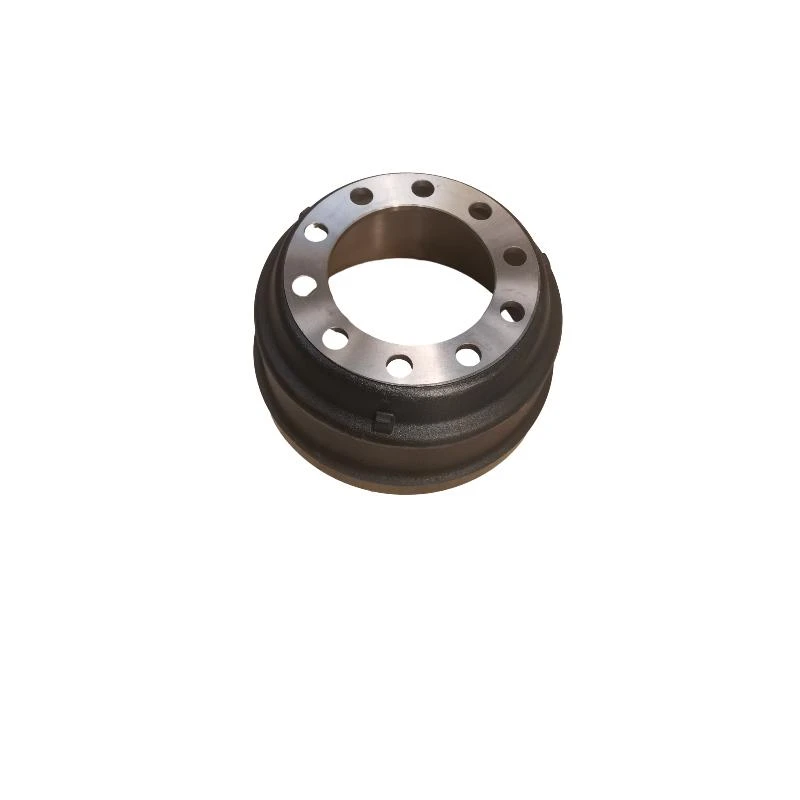اکتوبر . 18, 2024 17:04 Back to list
A Guide to Accurately Measuring Your Brake Drum for Replacement
How to Measure Brake Drum A Step-by-Step Guide
Brake drums are vital components of the braking system in vehicles, particularly in those with drum brake systems. Measuring these components accurately is essential for ensuring proper fitting and performance. In this article, we will delve into the methods and techniques you can use to measure a brake drum effectively.
Understanding Brake Drums
Before we get into the measurement process, it’s essential to understand what a brake drum is. A brake drum is a cylindrical component that houses the brake shoes. When the brake pedal is pressed, the shoes expand against the inner surface of the drum, creating friction that slows down or stops the vehicle. Regular measuring and maintenance of brake drums are crucial for vehicle safety and optimal performance.
Tools Required for Measurement
To measure a brake drum, you will need the following tools
1. Caliper or Micrometer A precise measuring tool to assess the diameter of the drum. 2. Straight Edge Useful for checking the drum’s flatness and run-out. 3. Feeler Gauge Helps to measure the gap between the brake shoes and the drum. 4. Brake Drum Gauge A specialized tool specifically designed for measuring brake drum dimensions, including diameter and thickness.
Step-by-Step Measurement Process
how to measure brake drum

1. Remove the Brake Drum Start by safely lifting the vehicle and removing the wheel. Once the wheel is off, carefully remove the brake drum. Ensure that you have all necessary safety precautions in place, including using jack stands.
2. Inspect the Brake Drum Before taking measurements, visually inspect the brake drum for any signs of wear, cracks, or significant damage. This could affect the measurements and the functionality of the drum.
3. Measure the Diameter - Using a Caliper or Micrometer Open the caliper and place it inside the drum to measure the diameter. Take multiple measurements at different points within the drum to ensure accuracy. It’s not uncommon for drums to be slightly out of round; hence, measuring at various locations will yield the best understanding of its condition. - Record Your Measurement Write down the measurements so you can compare them to manufacturer specifications later.
4. Check the Thickness - Using the Brake Drum Gauge Insert the gauge into the drum to measure its thickness at various points. Similar to diameter measurement, it’s critical to check in multiple locations to identify any inconsistencies that may indicate wear. - Minimum Thickness Specification Check the manufacturer’s specifications for minimum allowable thickness. If the measured thickness is below this threshold, the drum needs to be replaced.
5. Inspect for Run-Out To ensure smooth operation, check for run-out (the degree to which the diameter varies when the drum is rotated). - Using a Straight Edge Place the straight edge across the drum’s opening. Use a feeler gauge to measure any gaps underneath the straight edge at different points. If the run-out exceeds the manufacturer’s specifications, resurfacing or replacement may be necessary.
6. Measure Backing Plate Clearance After measuring the drum, check the clearance between the backing plate and the brake shoes using a feeler gauge. This ensures that the shoes can extend properly without any obstruction.
Conclusion
Measuring brake drums is a straightforward process that requires attention to detail and the right tools. By following the steps outlined above, you can ensure accurate measurements that will contribute to the safe and efficient functioning of your vehicle's braking system. Remember always to follow the manufacturer’s specifications for measurements and replace or resurface the brake drums as needed. Regular maintenance and inspections will not only enhance vehicle safety but also extend the life of your braking components. If you are ever in doubt about your measurements or the condition of your brake components, consulting with a professional mechanic is always a wise choice.
-
High-Quality Brake Drum MAZ – Durable Drum Brake Drum & Brake Drum and Brake Shoe Solutions
NewsJul.04,2025
-
Brake Drum Man - High-Quality Drum Brake Drums & Brake Shoes for Reliable Performance
NewsJun.24,2025
-
High-Quality Brake Drum Kamaz – Durable Drum Brake Drum & Brake Shoe Replacement
NewsJun.10,2025
-
High-Quality Brake Drum Liza for Drum Brake Systems - Superior Durability and Performance
NewsJun.10,2025
-
High-Quality Brake Drum Kamaz – Durable Drum Brake Drum & Brake Shoe Solutions
NewsJun.10,2025
-
Durable Kamaz Brake Drums High-Performance Truck Parts
NewsJun.09,2025
